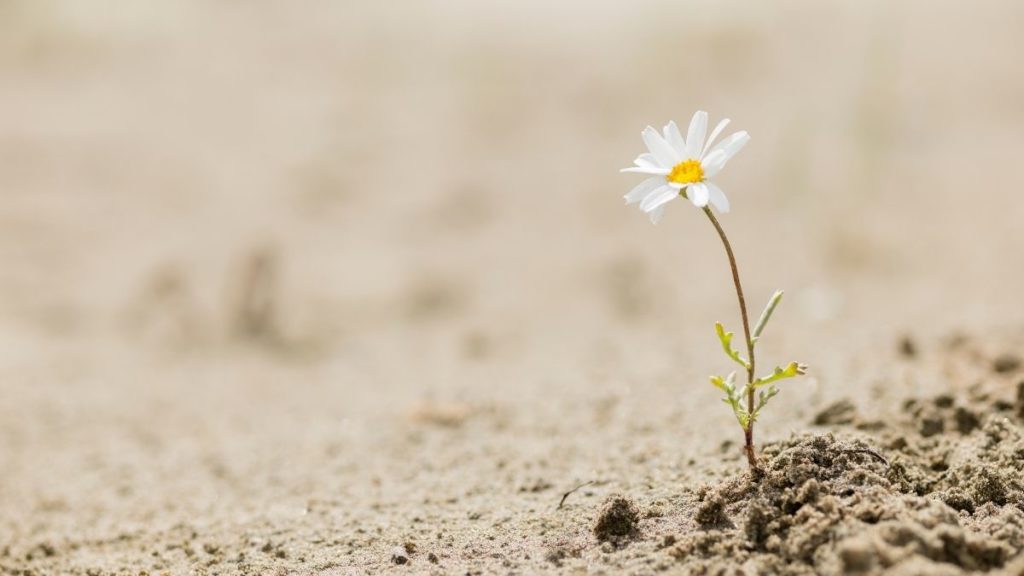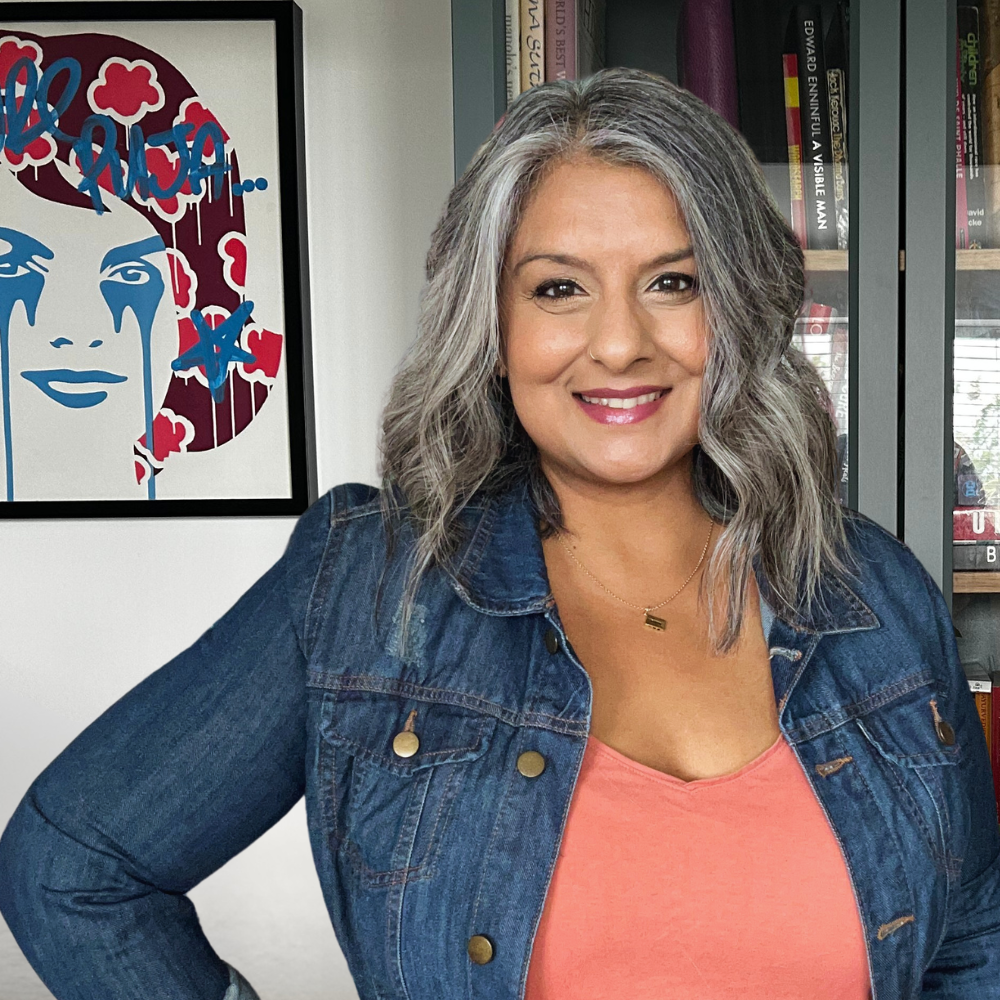
When you are able to build resilience through such a life-changing time in your life, you will reap the rewards long after we come out the other side. In this article, I will explore what building resilience is, how to build resilience and the difference between being resilient and being strong.
What does resilience mean?
Quite simply, resilience is the ability to recover quickly from difficulties. This means that the benefits of building resilience will help you create a super strong mindset that can be applied to anything in your life.
Resilience can often be confused with being mentally strong because they carry similar qualities. However, there is a difference which I will discuss later on in the article.
How can you build resilience?
The most important way that you can build resilience is by having purpose for what you do. This purpose is in everything you do, so from your work, your family time, fun with friends and how you look after yourself. When you have a clear purpose for why you do all of these things, you will find it a lot easier to build resilience when difficulties (like a pandemic) arise.
I talk about choice a lot (especially in my podcast) because everything comes down to choice. It will always be your choice whether you want to build resilience in your life or not.
It is important to feel your feelings but there is also a thin line between feeling your feelings and just wallowing. If you choose to build resilience then you choose to mindfully acknowledge your feelings so that you can move on from sadness or difficulties that you face.
Practical tips on building resilience
I’ve already mentioned that the best way you can build resilience is by having purpose but how can you do that exactly?
The best way to do this is by asking yourself why you are doing a particular task/activity/life choice. We tend to be conditioned by society and our parents with regards the choices we make in life, only to find out later down the line that we didn’t actually make these decisions. Knowing what matters to you by clearly defining your values, will help you reach the answers you seek from purpose.
Build resilience through Meditation
If you are able to partake in forms of meditation, you will find this exercise will help you to open up more to your innate resilience. You will further strengthen your resolve as your practice develops.
This is a mindful intention to be stronger. It is training your mind to bounce back from adversity in the quickest, healthiest way possible so that you can prevent more serious challenges with your mental wellbeing.
Build resilience with planning
This may seem like an odd example to highlight in this article. However, if you are a careful planner, you will be able to build resilience extremely effectively.
This type of planning falls into the psychological therapy of CBT (Cognitive Behavioural Therapy.) In this instance refers to creating solutions for the challenges you may face.
CBT takes practice and a concerted effort on your part. It helps you to consistently strive to bounce back by using these new techniques.
The easiest way to do this is in two stages. The first is by reflecting back on your life and reviewing adverse experiences. You then ask yourself “what did you do then to help you bounce back?” Once listed, you have a concrete list of examples of your own strength and resolve. This then enables you to be able to build resilience towards your new challenges in the present.
The second step is to review your fears so that you can create a fail-safe list of solutions. Again, it is important that these are relevant to you. They must come naturally and be sustained over time to help you build resilience.
The difference between resilience and strength
These two terms are often used interchangeably and this is understandable as the line of difference is pretty thin.
In the most simple senses, resilience is dynamic. You just need to get through that particular adversity/challenge at that moment or in the shortest amount of time. It is a way of managing your emotions so that you can filter what doesn’t serve you and focus on moving forward.
With strength, this is something that you build over time and becomes your constant state or your baseline. This means that in general when things go wrong, you may well be hurt and you will acknowledge this. However, you will not be upset beyond a certain point/amount of time.
Another way to look at how to build resilience is to take on the mindset of being adaptable. This will therefore create a more positive and stable reaction to challenges you face.
Other ways you can build resilience
There are a number of other ways that you can build resilience especially as it pertains to different areas of your life.
If you want to build resilience in work, you may look at what causes you to harbour negatively. You might want to build resilience towards your motivation for your health goals which may take shape in the form of affirmations, vision boards and such.
When building resilience, the key theme with all of these areas is that of purpose. Without purpose, you cannot strengthen your resilience. It’s a skill that requires practice but it is a skill that can be learned and strengthened. Once learned or strengthened, you can bounce back from adversity with mindful efficiency.

Hi, I’m Puja! I’m all about helping driven, purpose-led people create success that actually feels good—without losing themselves along the way.
I mix deep coaching with practical strategies and a soulful perspective to help you thrive in your work, life, and well-being.
This is where I share stories, ideas, and inspiration to spark bold thinking and a more meaningful way of living.
Discover more: SIMPLY WELLBEING SUBSTACK
Registered address: 3rd Floor, 86-90 Paul Street, London, EC2A 4NE
© 2025 Frankly Coaching Ltd.